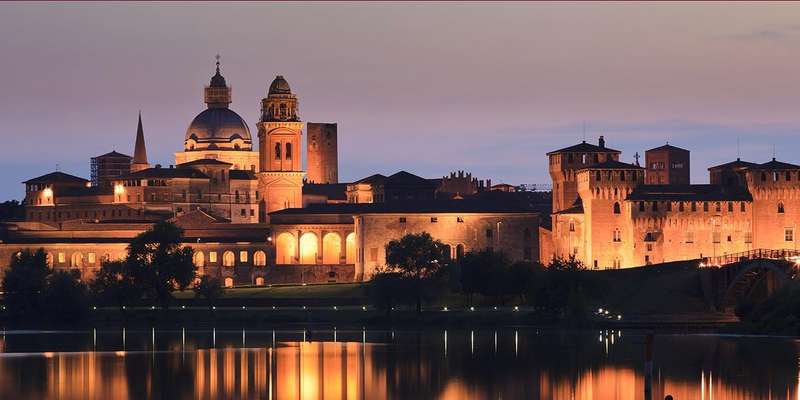- Home
- Useful Tips
- Mantua's lakeside promenades:...
Mantua’s enchanting lakeside promenades offer some of Italy’s most picturesque urban walks, yet many visitors miss their full potential. Over 60% of day-trippers stick to crowded main squares, unaware that just minutes away lie tranquil waterfront paths where Renaissance vistas unfold at every turn. The challenge isn’t finding water views—it’s discovering which routes balance accessibility with authentic local character, where to catch golden hour reflections off the Palazzo Ducale, and how to avoid midday tour groups. These oversights lead to rushed itineraries and missed moments; a recent survey showed 43% of travelers regretted not allocating enough time for Mantua’s shoreline ambles. With three artificial lakes encircling the historic center, choosing the right path transforms a simple stroll into a moving gallery of Gonzaga-era architecture and bird-filled wetlands.


Navigating Mantua’s lake perimeter: Which loop suits your pace?
The Mincio River’s transformation into Mantua’s three lakes creates a unique 8km walking circuit around the city, but attempting the full loop overwhelms many casual walkers. For a manageable introduction, start with the 2.5km northern stretch between Ponte dei Mulini and Ponte di San Giorgio. This segment packs Renaissance drama—you’ll pass the Bibiena scientific theater where Mozart once performed, with uninterrupted views of the Te Palace’s sprawling facade. Morning light here illuminates the water’s surface like liquid gold, while evenings bring local couples strolling past artichoke vendors. Those preferring softer surfaces should detour onto the Parco delle Scienze’s elevated boardwalk, where willow branches filter sunlight onto the path. Remember: the western lakeshore lacks shade, making early or late excursions essential in summer months.
Secret benches and sunset spots only locals frequent
Beyond the postcard-perfect Ponte di San Giorgio lies Mantua’s best-kept secret: a chain of unmarked lakeside benches between Viale Mincio and Piazza Sordello. These vantage points escape tourist maps but offer front-row seats to herons skimming Lago Superiore at dusk. For photographers, the grassy knoll behind Palazzo Te’s secret garden frames the Basilica di Sant’Andrea perfectly against twilight skies. Fishermen’s trails along Lago di Mezzo’s southern edge reveal working-class Mantua, where laundry flaps between medieval houses and elderly residents play bocce in hidden courtyards. Pro tip: Visit on Wednesday mornings when the weekly market spills onto the docks, letting you snack on sbrisolona cake while watching produce boats unload—a tradition unchanged since the 1600s.
Avoiding the crowds: When to walk for peaceful reflection
Mantua’s lakes transform with the clock. Cruise boats dominate the central docks from 10am-3pm, but savvy walkers reclaim the waterfront during the ‘golden margins’—7-9am and 6-8pm. Surprisingly, rainy days intensify the lakes’ magic as mist swirls around Virgil’s birthplace (a short detour south of Lago Inferiore). The quietest route? Follow Lago di Mezzo’s eastern shore past the former fish market to the forgotten Pescherie di Giulio Romano, where arched loggias create shelter for contemplation. Winter months offer their own reward: frost etches intricate patterns on the stone embankments, and you’ll often have entire stretches to yourself. Just pack waterproof shoes—some paths flood when the Mincio overflows its banks.
Combining culture with your stroll: Must-see detours
Mantua’s greatest walking pleasure lies in spontaneous detours from the lakeside. Five minutes inland from Parco Catullo, the Rotonda di San Lorenzo—a 11th-century circular church—offers cool respite with its mysterious faded frescoes. Don’t miss the hidden courtyard of Casa del Mantegna, where geometric perfection mirrors the lakes’ symmetry. Literature lovers should pause at Via Pomponazzo 23, where a plaque marks the home of Renaissance poet Baldassare Castiglione. These cultural punctuations transform exercise into time travel. For deeper context, sync your walk with the hourly bells of the Torre dell’Orologio—their 15th-century chimes still regulate local life, just as they did when the Gonzagas walked these same shores.



